Do you have students who can read most of the words in a text, but they’re struggling with fluency?
Maybe they’re reading too choppily? Or speeding right through punctuation?
Your students are always working hard on letter sounds, phonics patterns, and word-solving…but how do you then put it ALL together to create a fluent reader?
Fluency means that students are reading with high accuracy, at an appropriate speed, and with proper expression.
That’s quite a lot to ask! So, how can you help your students get there?
In this post, I’ll explain each of the fluency components and suggest a few activities for helping your Kindergarten, 1st grade, and 2nd grade students’ improve their reading fluency.
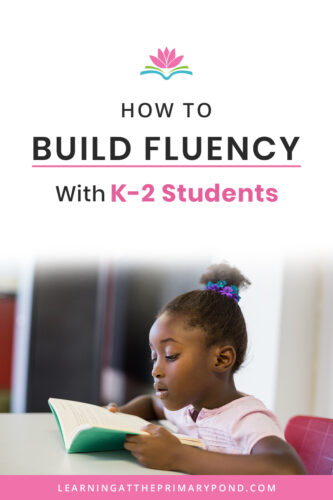
What Are the Components of Fluency?
Three important components of fluency are accuracy, speed, and expression.
Before we even begin to think about speed and expression, students must be able to read accurately.
And that means that students must have the necessary phonics knowledge to decode words! Whenever you’re teaching phonics or high frequency words, you’re also helping build fluency. (To learn more about effective phonics instruction, check out this blog post.)
Additionally, even if students are progressing well with phonics, there are still going to be some books that aren’t a great fit for them when building fluency.
So how do you know if a book is the appropriate difficulty level for fluency development?
For one, you’ll want to take a quick look at the words and ensure that students have the phonics knowledge to decode the vast majority of them.
You’ll also want to consider reading accuracy:
If students can read a text on their own with little to no support, we can say the text is at their independent level. In this scenario, students will be able to easily decode at least 95-97% of the words. Students should also have at least some background knowledge to aid with comprehension (which should also be high at this level).
If students can read most of a text on their own – but need a little help to be fully successful – we can say this book is at their instructional level. Here, students should know about 90-95% of the words. (For the other 5-10%, you can support them – typically in a small group setting – by pre-teaching words, decoding words as a group, etc.) You may need to provide some background knowledge, but students’ comprehension should still be fairly high.
If students are really struggling with a text, we can say the text is at their “frustration” level. In this case, accuracy would be below 90%. Students would likely have low comprehension at this level, because they’re not fully understanding the text due to reading errors.
Of course, all of this varies based upon students’ abilities. A text that’s at an independent level for one student might be at another student’s frustration level.
When it comes to fluency practice, the sweet spot is a text at a student’s independent level!
A couple of other things to note:
- Sometimes students choose a book that really interests them (i.e. a nonfiction book about snakes) that’s at their frustration level. This is okay! Even fluent readers occasionally just want to read part of a text or look at pictures. That said, we want most of students’ reading practice to be appropriate for their ability levels. If you’re giving an assessment or leading a small group and you realize a text is at a student’s frustration level, choose a different text.
- If students are choosing books to read independently where they instantly know every single word, the book may help them build fluency – but it also might be too easy. If they’re reading for pleasure, choosing some easy books is fine! However, when we’re working with students in small groups, we want to challenge them a little more.
That was a lot of information about accuracy, but accuracy is essential to building fluency!
Now we can move on to other things like pacing (reading that’s not too fast and not too slow) and expression (changing your reading voice for different characters, emotions, and pausing for punctuation).
What Activities Should Be Used to Build Fluency?
Here are some of my favorite ways to build fluency:
- Have students listen to other fluent readers every day. Your daily read aloud time supports students’ reading fluency. Kids are little sponges, so if you’re changing your voice to match a silly character in a book, students will take note! Many teachers also have a center where students are listening to reading, perhaps on an iPad or a recording of some sort. These opportunities to hear fluent readers provide a strong example that students can imitate.
- Model the wrong way! Yes, you read that correctly. It can be really helpful for you not to read fluently, and then point it out. For instance, I like to “read like a robot.” “My. Name. Is. Ned. I. Am. A. Snowman.” I even do hand motions like I’m a robot. Kids think it’s hilarious. I ask them, “Is this how we should read? Choppy like a robot?” “Noooo!!” they reply. I follow this up by explaining “You’re right. I shouldn’t read like a robot! I want to read through my sentences smoothly. Thanks for helping me out!” And then I’ll reread, modeling fluent reading and pointing out how I scoop up words in smooth phrases.
- Provide partner reading opportunities. If systems and routines are in place in your classroom, partner reading packs so much punch! Students can practice reading while also listening to other readers. Teaching students how to provide specific feedback to one another is a crucial step! Providing them with sentence frames “You did a great job ______. Next time try ______.” For instance, “You did a great job stopping at the end of every sentence. Next time try to have your voice go up at the end of a question.”
- Explicitly teach fluency during small group instruction. This may sound simple, but often we’re trying to fit so much in during those quick rotations that we forget fluency actually has to be taught. Just as we might teach blending or other word-solving strategies at the beginning of a lesson, we also need to teach fluency. Name the exact fluency skill that students should be focusing on for that day. You can even have them highlight all of the punctuation marks in a text. Whatever it takes! Here’s an example: “Today as you’re reading, I’m going to be listening for students to stop and take a quick breath at the end of every sentence.” You may want to focus on skills like expression and phrasing when students are doing a second reading of a text, so their attention is less focused on simple decoding. This can also be done during shared reading! (If you’re looking for how to do this during shared reading, here’s a post I wrote on that topic: How to Teach Fluency During Shared Reading.)
- Let students use a whisper phone or record their own voice. When students are reading independently, you can still have them work on fluency. Allowing students to use a whisper phone so that they can hear their own voice come through the other end makes it fun and engaging! You could also have them record their voice with technology, and then listen back to themselves to self-assess. When students are reading independently, encourage them to re-read a text multiple times.
- Add in the drama! Plays and Reader’s Theater passages are a wonderful way to incorporate expression into reading. Students will have opportunities to practice different types of voices, all while hamming it up! Even for readers that struggle with decoding, you can provide them with the lines and then just focus on expression.
- Use blending lines to practice fluency. With this resource, students each have their own copy of the blending lines sheet. They practice reading it multiple times and every time they finish reading the page, they get to color in a star at the top! This helps keep them motivated to read it over and over again, working on fluency. This activity can be done in a whole group, small group, or independent setting. Click here to learn more about my Blending Lines Bundle!
What Are Prompts to Use When Supporting Fluency?
Here is a list of some prompts I like to use with students:
For pacing:
- “You’re doing a great job reading all of the words correctly! Now it’s time to read a bit faster/slower.”
- “I want you to read like you are talking. Listen to me read first, and then repeat after me. ”
- “You are reading most of the words correctly – good job! I hear you repeating words/pausing. You only need to do this if you make a mistake or if you don’t know a word.”
- “You knew all of the words you just read, awesome! This time, I want you to read through the sentence and not repeat words/pause.”
For expression:
- “What does that punctuation mark mean? How do you think your voice should change based on that?”
- “Do you see the quotation marks? Which character is talking here? How might that character’s voice sound?”
- “How does the character feel at this point in the story? Give me an example of how you sound when you’re feeling ____. Now let’s make your voice sound like that as you’re reading this part!”
Conclusion
As you can see, there is a ton to unpack here! Fluency is something that deserves daily attention. Students will continue to grow in different areas as they practice, practice, practice. I’m curious what other activities you use to practice fluency – please share below in the comments!
If you’re in need of some FREE reading lessons and printables, click here to get access!
I also address fluency extensively in my Shared Reading lessons for Kindergarten, First Grade, and Second Grade pictured below and linked here:
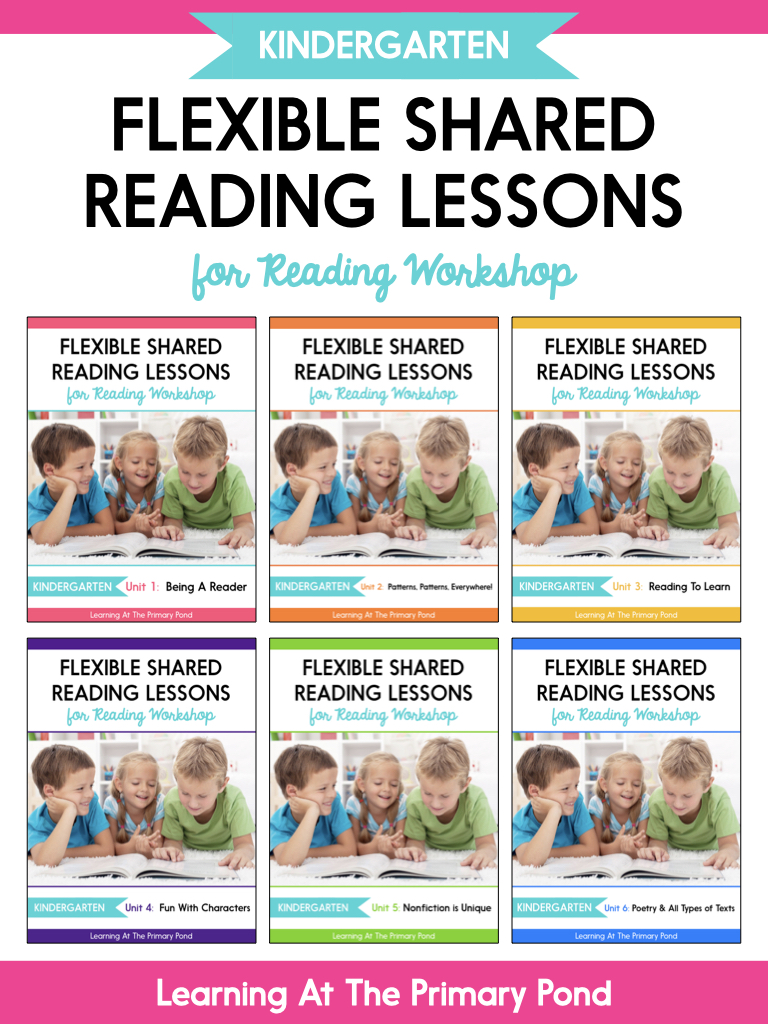
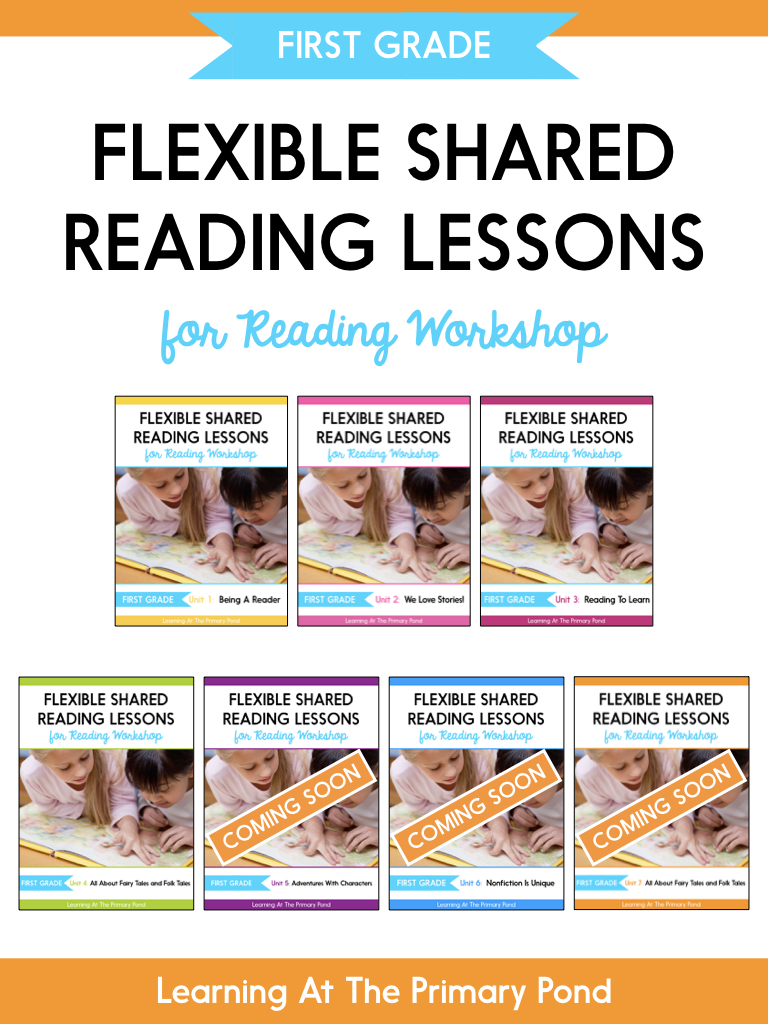
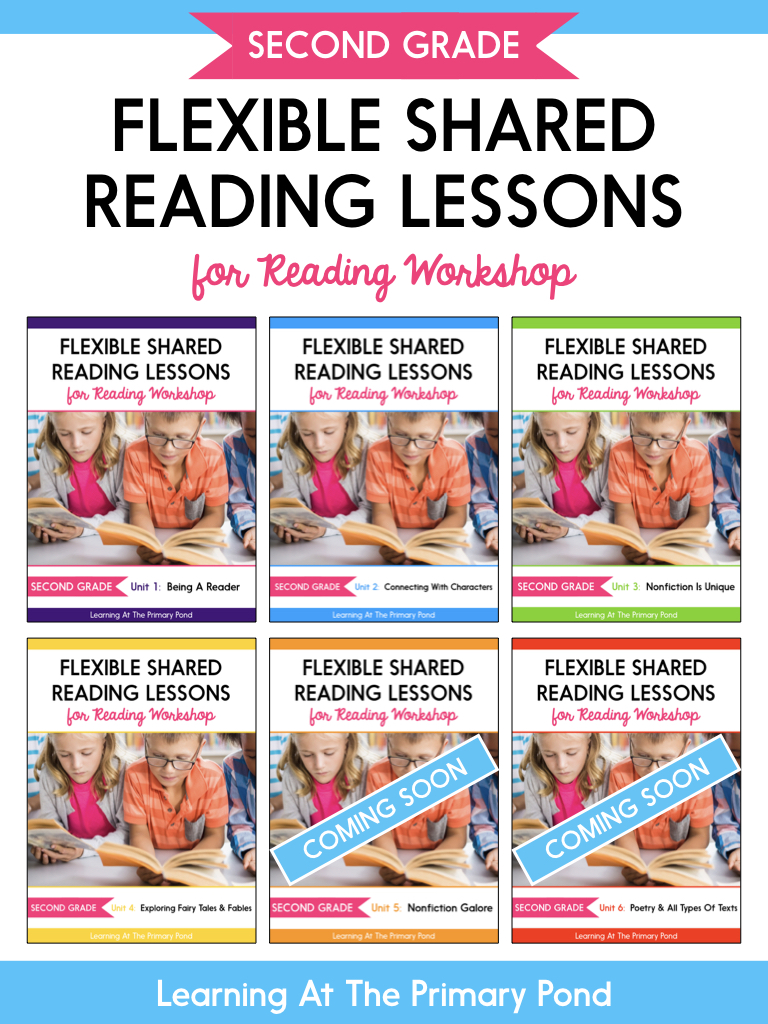
Happy teaching!
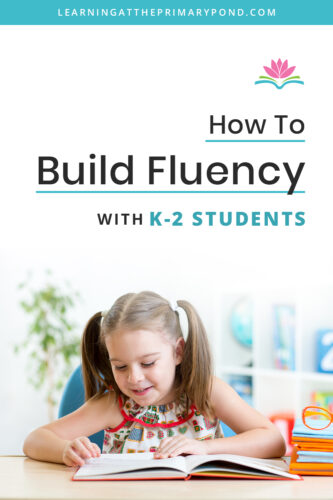

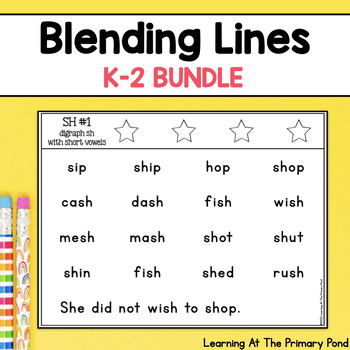
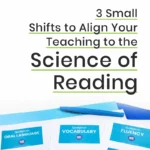
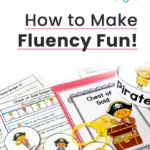



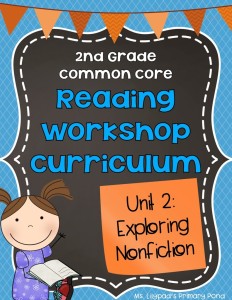






I came on here to do the blog comment for my March Literacy Ambassador Activity, and I was trying to find a category that I’m struggling with implementing. This post is exactly what I needed! I already was doing some of the things, like reading it wrong and doing fluency checks, but I never thought about implementing partner reads to help the students hear our the others are reading and how they can be more fluent readers. This is post has literally made my day! I also plan to start asking them what the punctuation marks mean so that they… Read more »
Aw, this is great Hannah! Yes, partner reading is an awesome task for building fluency!
This post is exactly what I needed. I have a few students who are really struggling with reading fluency and my own son is weak in this area. Thanks for the great advice.
Glad to hear these tips were helpful, Jennifer!
Fluency has been that one skill I have seen many teachers skip or brush over once students can read. I like how you have broken down the different components of fluency so we can see it is more than just reading the words correctly.
With everything that needs to be covered, fluency can be hard to find time for! But it’s so important for comprehension purposes 🙂